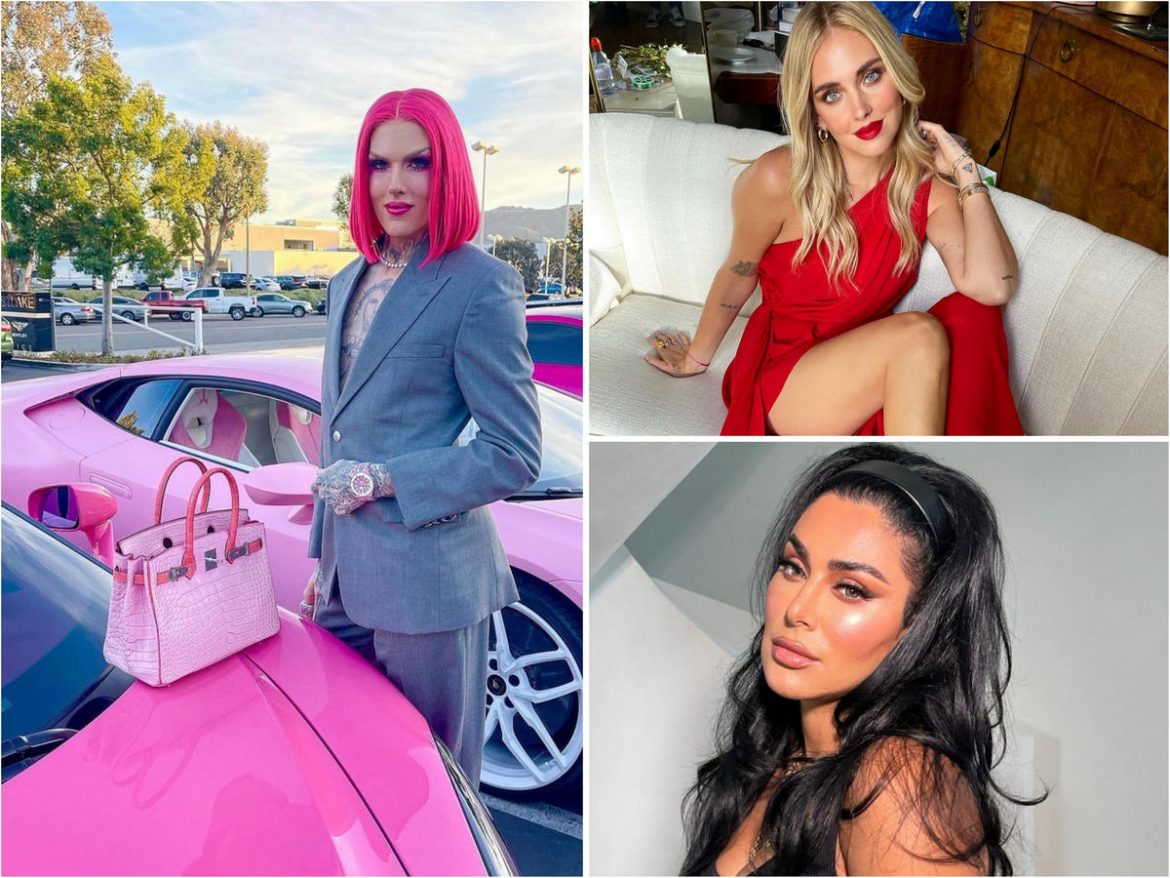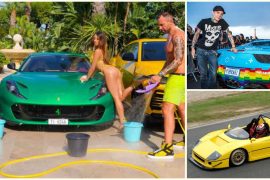YouTube was launched more than fifteen years ago, and Instagram a decade ago. TikTok launched in 2016 to make the most of the era of influencers. What dawned upon us was a rather unexpected and unstoppable wave that forever changed the world of media, business, and entertainment. It’s funny how the world has got so many new talents, businesses, and empires even after social media took center stage in our lives. It is believed the global influencer marketing platform market size will grow manifolds from $6 billion in 2020 to $24.1 billion by 2025. Today, social media and its uncrowned rulers, the influencers, have made the world look at everything with a keen eye and a newfound interest. Unsurprisingly, food gets the same attention as fashion; haute couture and repurposed fashions share identical pedestals and share other aspects- both are now vast and virtual. While on the one hand, influencers changed the world, on the other, the world of influencers was simultaneously evolving. They may have made their videos confined in the four walls of their rooms, but today their world is different and is reaching out to millions. Over the years, the many likes have turned to legacy, and long-standing subscribers have translated to ever-lasting success. Influencers have accumulated large masses of followers, used their popularity to create business empires that are well worth millions.

What paves their road to success?
Top influencers are “the new media,” and who could stop the media from succeeding? Their hoards of followers ensure when a business idea is in place, the influencers get all the support they need from the community they have fervently served and entertained over several years. The tables turn favorably when all the million subscribers and followers you worked hard for, now support you. This, coupled with the intelligent decision of teaming with partners, ensures a bright future. They are already pros at handling ads, marketing strategy but a partner with a sound mind for business takes care of customer care, sales, and top business decisions. A successful influencer makes a successful businessperson by taking a hard look at their strong and weak points and entrusts a business partner with the skills that they lack.
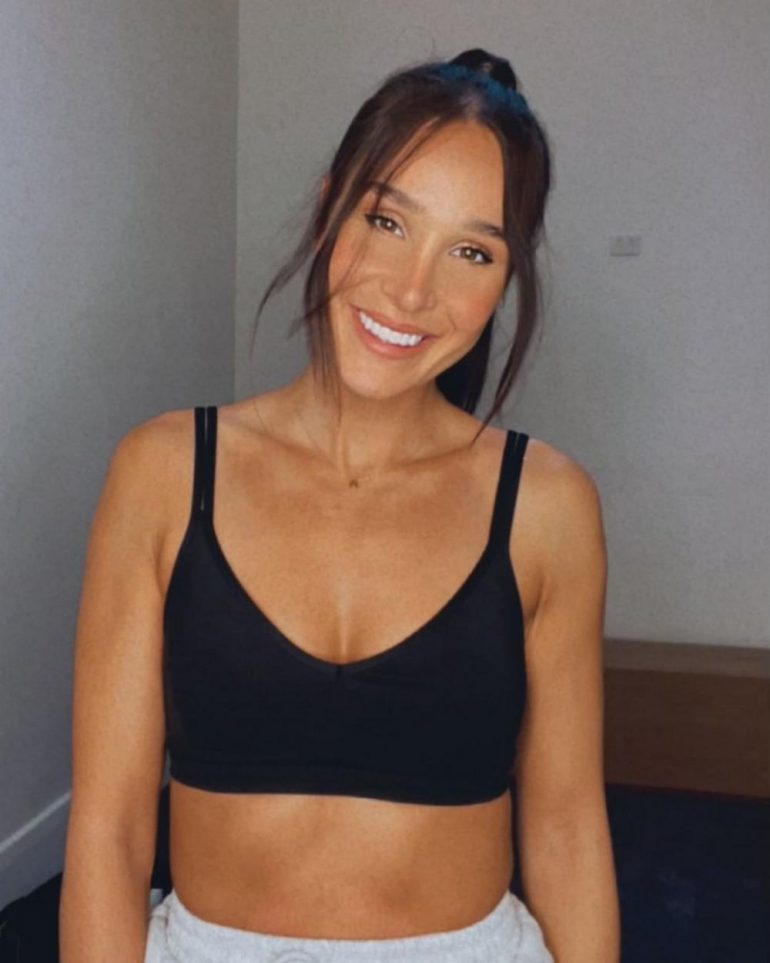
Influencers turned entrepreneurs:
Up until three years back, creators have generally resort to platform revenues and brand deals as significant sources of revenue. Every year we come up with a list of the top-earning influencers from various fields. Kayla Itsines from Australia enjoys 12.6 million followers and earns $24,40,162 per month. She is now a well-known businesswoman running her fitness company Sweat and making millions.
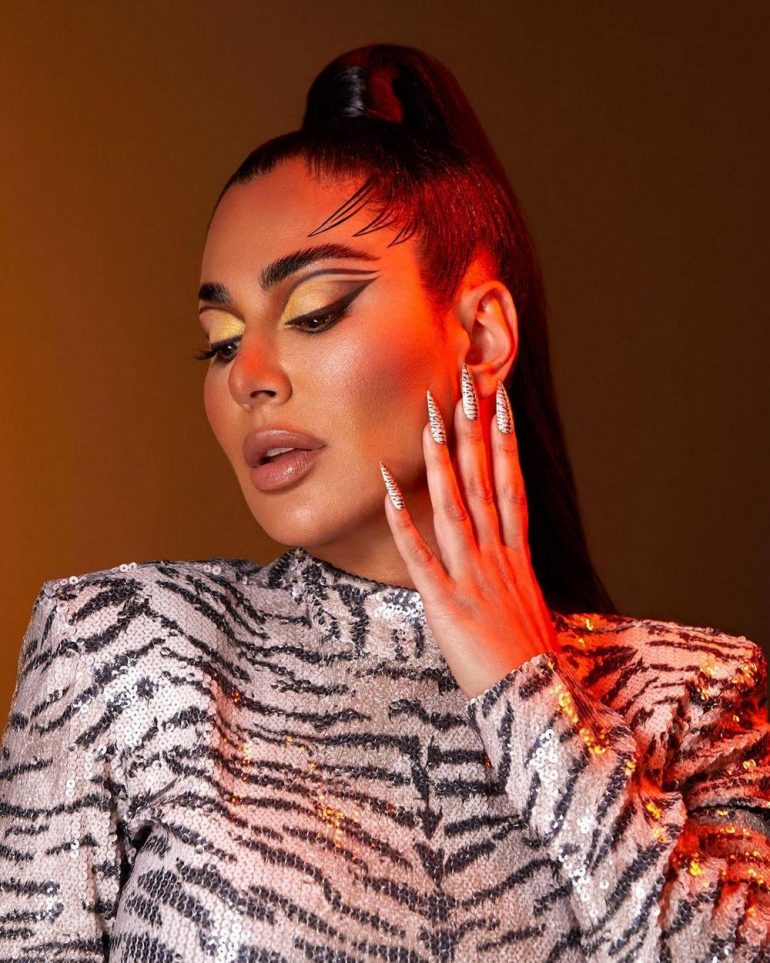
Huda Kattan is another name that owes her success to social media. From a massively followed beauty influencer, Huda became a super-successful entrepreneur. She founded a cosmetics line which, like her blog, is also called “Huda Beauty” in 2013. By 2020 she gained extensive popularity on Instagram, attaining more than 47 million followers, and was listed on Fortunes 40 under 40. A lot has changed for them over the years, and the most substantial change is how these earnings are now pouring in from their businesses and not a one-time deal.
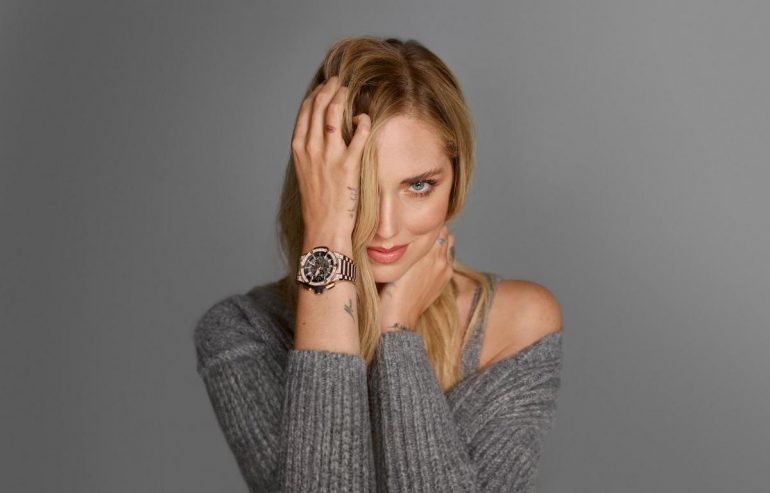
Recently, luxury watchmaker Hublot has revealed it has selected Italian fashion influencer Chiara Ferragni as its new brand ambassador. In a statement to Fashion United, the blogger-turned-entrepreneur said on the partnership: “Hublot’s messages and values speak to me, that’s why I have chosen to join this family today. A fusion of passion and determination has shaped who I am, across all my roles, and forged the businesswoman I have become. This same fusion has also made Hublot the company it is today.” A massive wave of content creators is now investing their wealth into value-adding brands that go beyond selling their ‘merch’ and translate to serious businesses built on strategies, workforce, and marketing pillars. They are roping in big brands to partner on equity deals, incentivizing creators to make much deeper, valuable relationships with the brands.
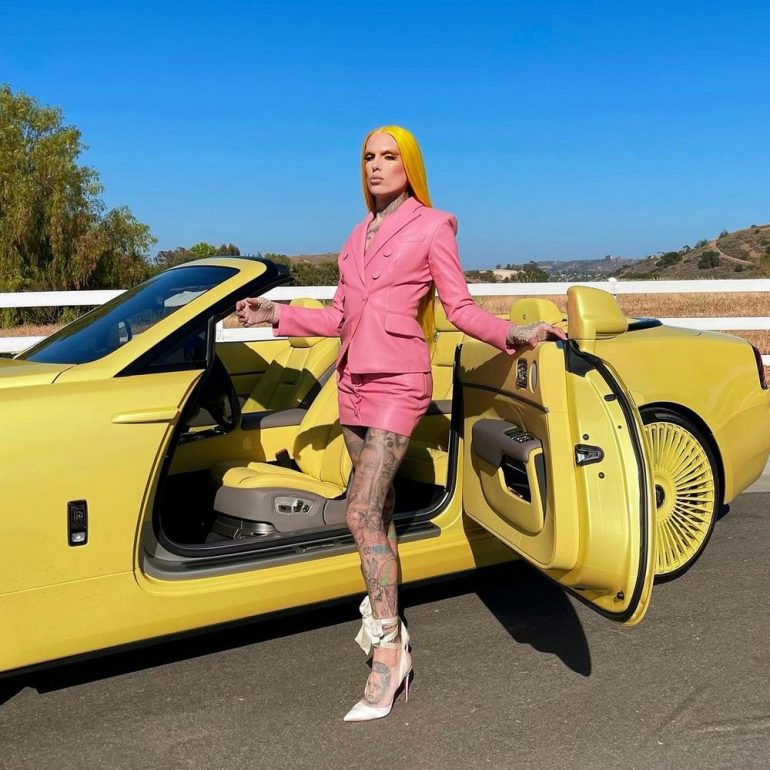
Risk, responsibility, and rewards:
While risk is a common fear shared by an influencer turned entrepreneur and a traditional entrepreneur, their responsibilities are different, and so are the rewards. At the same time, the business is a reward in itself, a more permanent state of income for an influencer that is not the case with a regular entrepreneur. It wouldn’t be wrong to say that influencers have an added responsibility of doing things right in their business as they are directly in touch with their followers. A misstep can affect their following, which also reflects in their companies. Influencers who start their own business have already mastered the art of attracting their target consumer. The market is ready and waiting for the influencer to say the world ‘go.’
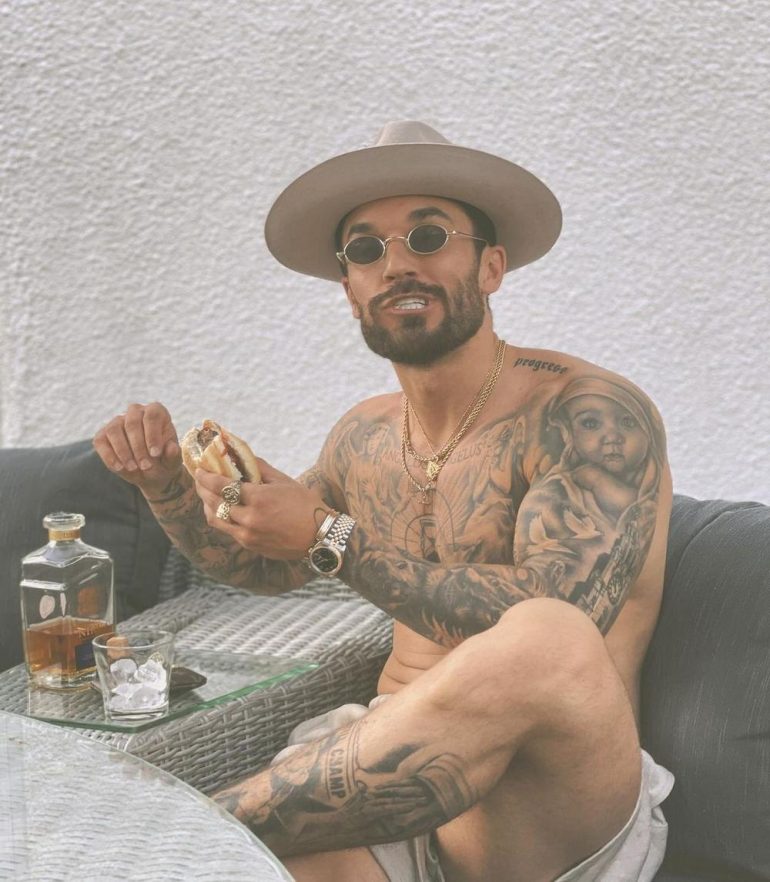
Alex Cannon, co-founder of Craftd London jewelry brand, $2 million
Of the many influencers who realized that instead of working with brands, the better way to go about things is to create products they believe in is Alex Cannon. While working as an influencer gave him a lot of popularity and was a great stepping stone in his path, and it wasn’t his endgame.

In 2018, he launched his jewelry brand, Craftd. The launch of the first product proved to be a huge success selling thousands of units. In 2021 the brand is experiencing 400% growth on last year. It is being touted as one of the fastest-growing jewelry brands globally, with supporters from over 100 different countries worldwide.

Freddie Harrel, founder of afro-hair extension brand, RadSwan, $2 million
In Spring 2017, Harrel founded Big Hair No Care. The ethical and realistic synthetic extensions and wigs line began with a pop-up salon in Brixton, UK. It transformed into RadSwan, by 2019 becoming the first beauty brand that centered on innovation and co-creation with the global African Diaspora in mind. Harrel studied the Afro hair extension market worth $7 billion and raised $2 million in funding from all-female investors BBG Ventures.
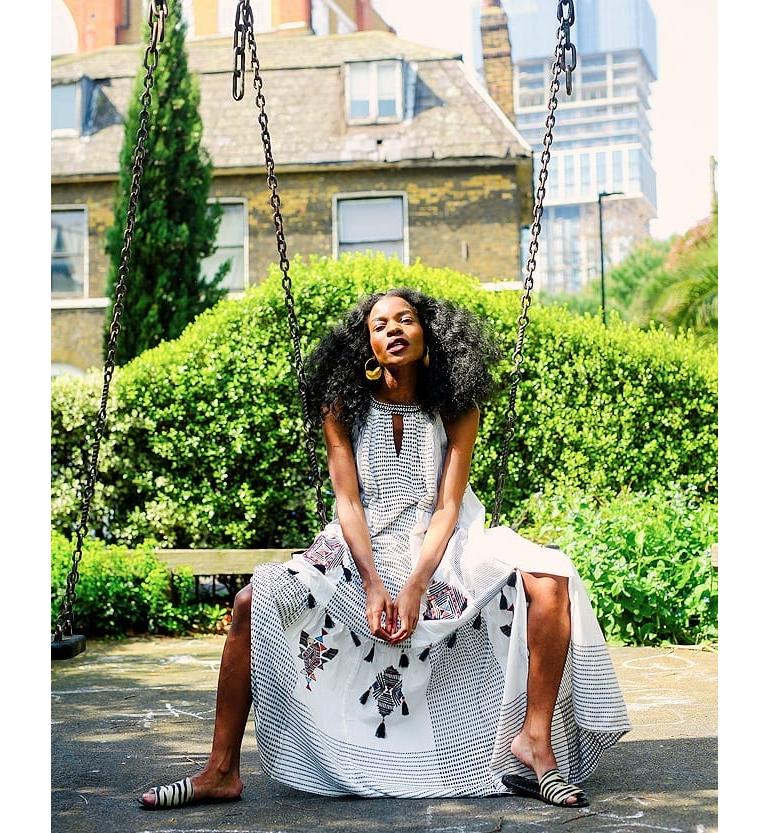
“My culture has taught me that my hair is just like me: multifaceted, soft, springy, and free. Hair is one of the ways we’ve always expressed ourselves, forever reintroducing our various angles to a constrained and biased world. Yet, my experience with shopping for these self-expression tools was just as constrained and biased,” said Harrel.
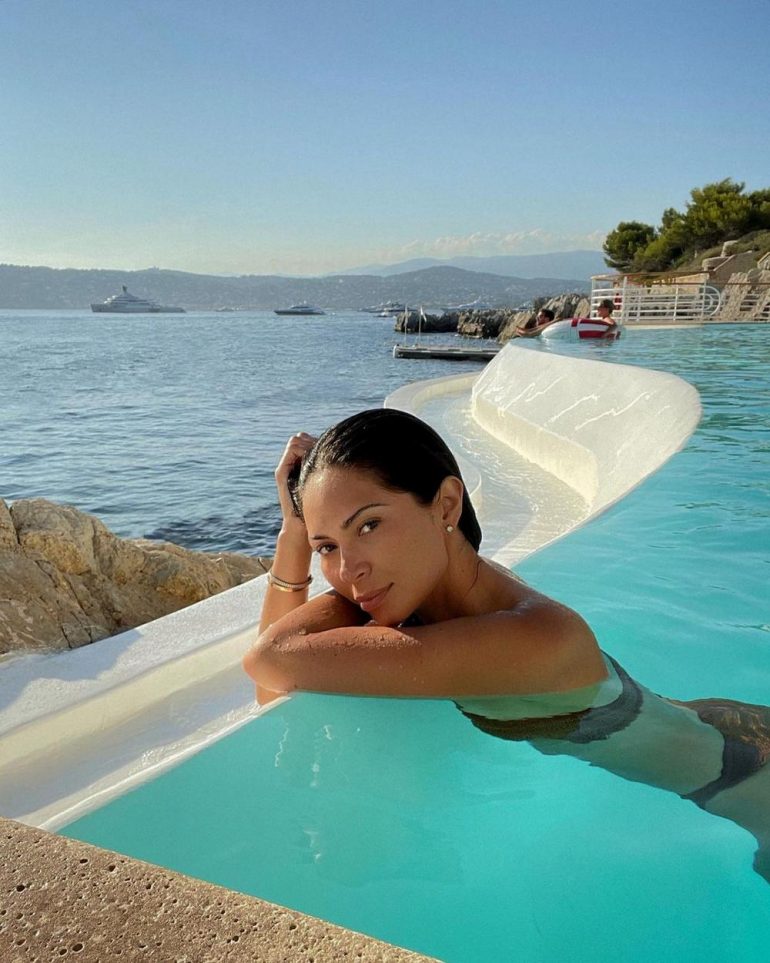
Marianna Hewitt, co-founder of skincare label Summer Fridays, $4.8 million
Beauty bloggers Marianna Hewitt and Lauren Gore together created a cult skincare label. In a Vogue interview, Marianna Hewitt shares the idea behind the brand, “Summer Fridays was really built out of a love for wanting clean and effective skincare, with a deep sense of community around it. Our products are created for those on the go — juggling busy schedules, traveling, and multiple roles at home and at work. We want your experience with Summer Fridays to feel like your own mini-vacation, if even from your own home bathroom.”

The brand launched with just one Jet Lag Mask product, which became their most popular offering. It is known to be easy to use on the go, ultra-hydrating, and one of their most successful formulas. Summer Fridays now employ 24 people, and while they haven’t disclosed their sales results, industry sources say the company has turned over $4.8 million. That’s quite a feat considering the brand launched around two years ago.
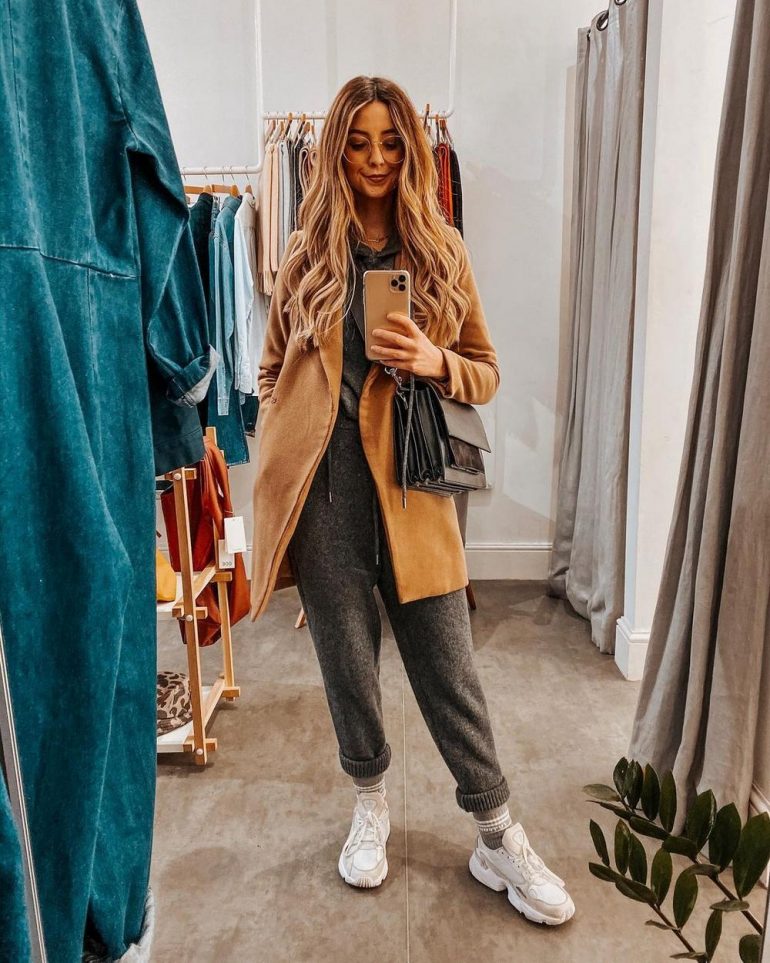
Zoe Sugg, Zoella Beauty, and homeware products, $8 million
“A lot of people get the assumption that because someone is able to [broadcast to] people on the internet that must mean that they are 100% confident…There are a lot more things to people than you might first realize.” Confident or not, Zoe Sugg has built a life that will inspire many. From being a successful Vlogger on YouTube (Zoella has more than 4.81 million YouTube subscribers, her videos have been watched over a billion times) to being a successful author. Girl Online, her first novel, became the fastest-selling book of the year selling over 78,109 copies in its debut week in 2014.
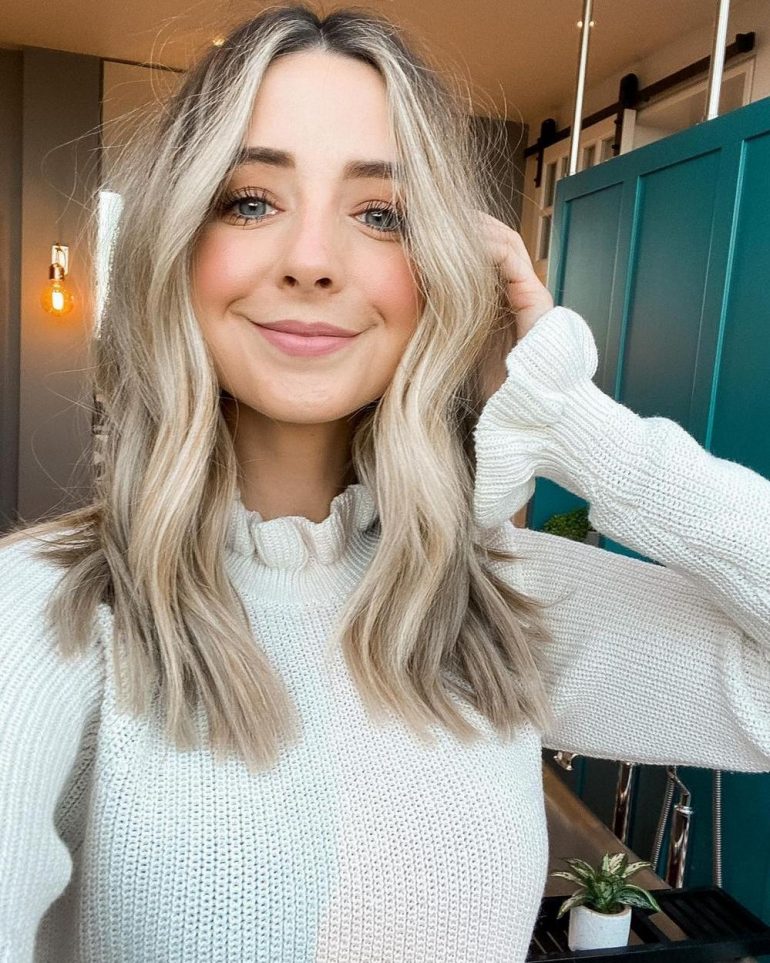
The same year she began her line of beauty products under the brand name Zoella Beauty. 2016 saw her expanding into neighboring territories as the director of ZS Beauty Ltd, a wholesaler of perfume and cosmetics. A collection of homeware products, including stationery, candles and reed diffusers, exclusive to Boots, was released. By the end of 2019, it was reported that the two businesses had earned yearly revenue of $5.17 million.
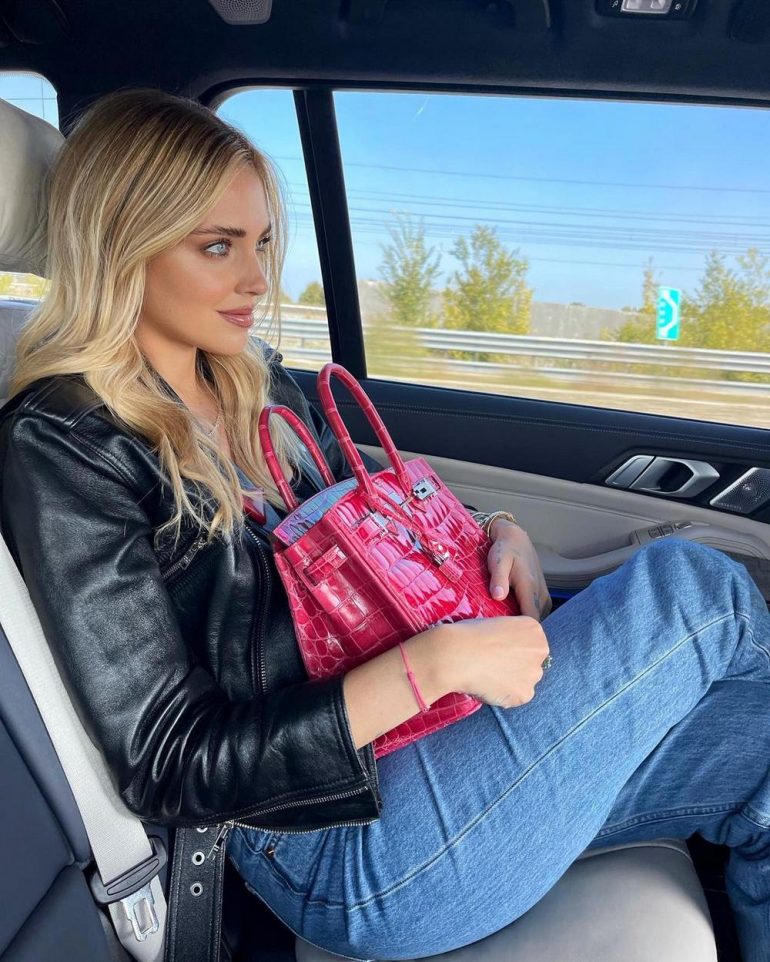
Chiara, Founder of The Blonde Salad blog and Chiara Ferragni Collection, $11 million
Her journey has been one that is truly spectacular! It wasn’t precisely laced with struggles as only in two years of starting her fashion blog “The Blonde Salad” in 2009, by March 2011, New York introduced her as “One of the biggest breakout street-style stars of the year. After collaborating with Steve Madden to design a 9-shoe collection for Spring 2014. The turnover of the Chiara Ferragni collection was around $25 million in 2018, in line with the previous year.

It made a global presence, launching pop-up stores around the world in boutiques and department stores like Le Bon Marché in Paris, LuisaViaRoma in Florence, Apropos in Cologne, Breeze Center in Taiwan, Selfridges in London, Level Shoe District in Dubai, and The Grove in Los Angeles. In an interview with mffashion, Ferragni said, “My dream is to create a brand that will please beyond my popularity. Having customers all over the world who buy one of my clothes because they think it’s cool.” She gave some pearls of wisdom for aspiring entrepreneurs, too, asking fans, “To believe in yourself and to commit to reach your goals with all your strength. To be surrounded by trustworthy, competent, and outstanding people in every field.’
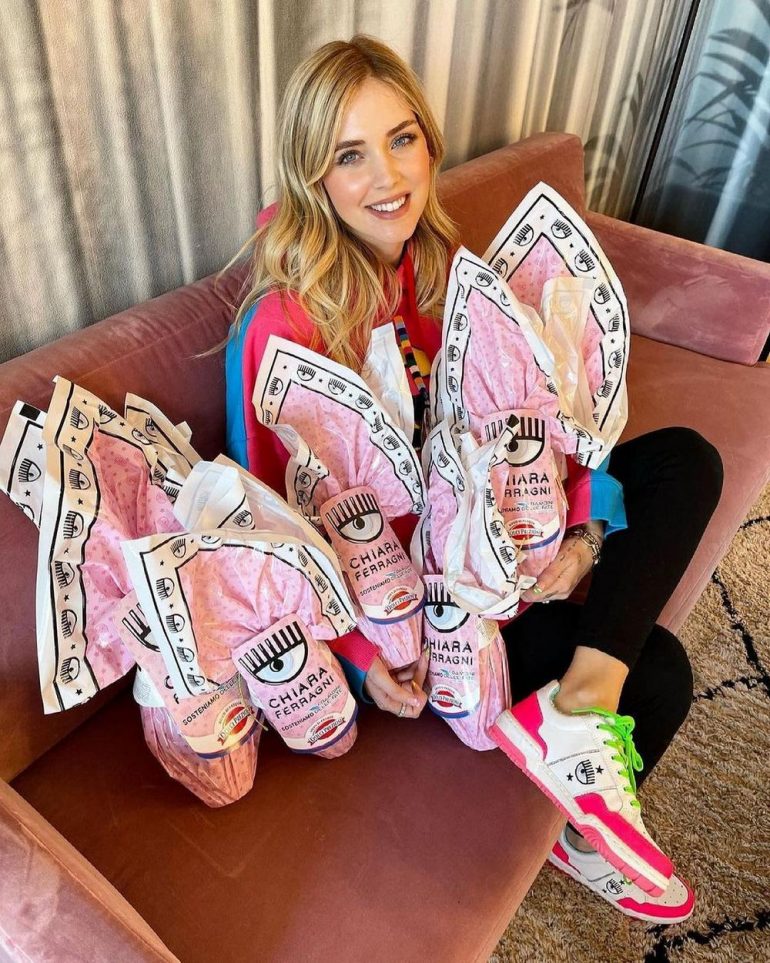
So mesmerizing is her career graph that her blog and shoe line, Chiara Ferragni Collection, became a case study at Harvard Business School.

Kayla Itsines, Co-owner of Bikini-body training company Sweat, $486 million
Kayla Itsines launched Sweat in 2015. In an emotional Instagram post, Kayla wrote, “The next new chapter for Sweat starts today! It has been an incredible journey so far. I remember running one-on-one sessions in my parents’ backyard and them growing into bigger group sessions in the local park here in Adelaide. Those sessions kept growing and growing and slowly we built up a community and then in 2015, we launched the Sweat app. Today we now have 13 personal trainers training you all, hundreds of thousands of women using Sweat every single week across 26 programs! Did you know you all complete millions of workouts each year! It is just crazy to think how far we have come and how big the Sweat family is now.”

By 2020, Sweat, the bikini-body training company, made nearly $100 million. Along with Tobi Pearce, she sold their popular workout platform to fitness-tech company iFit for a reported $400 million.

Michelle Phan, founder of beauty subscription box Ipsy, $500 Million
The girl who started a personal blog in which she discussed different makeup tutorials in 2005 was the co-founder of the monthly beauty product subscription service MyGlam by 2011. It was known as Ipsy. in only a few years, Ipsy made $100 million in 2015. Michelle Phan’s company then enjoyed a company valuation of $500 million. Her makeup prowess was not limited to her empire. In fact, in 2013, Loreal signed her up for her own makeup line called EM cosmetics by Michlle Phan, which failed due to sky-high prices, and Phan’s target group is relatively young.
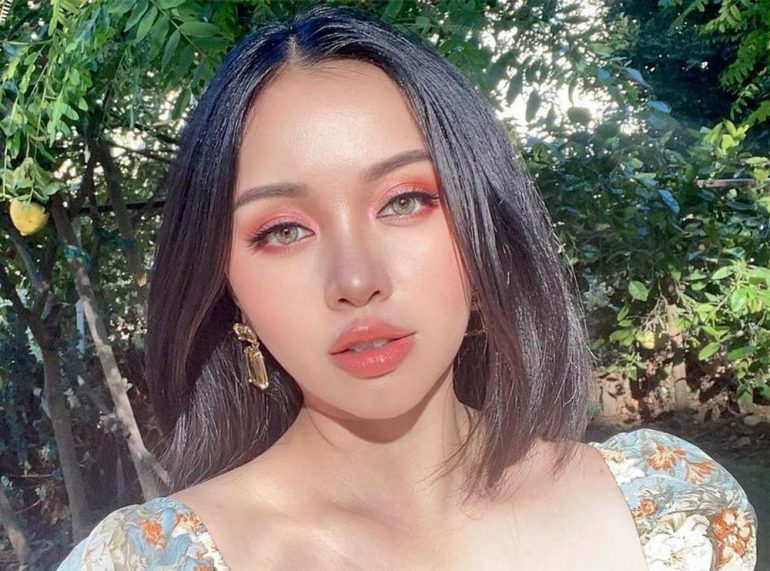
Not one to give up, she revived the brand in 2017 and resigned from Ipsy to focus on EM Cosmetics. Other than makeup, Phan found the start-up Thematic, a company specializing in licensing music. The young entrepreneur aims to create a generation of what she calls “self-producers.” She said, “We offer free education to beauty influencers who want to get started but don’t really know how. The more people that you have who are self-producers, the more chance they have of creating a business that provides meaningful jobs for more people.”
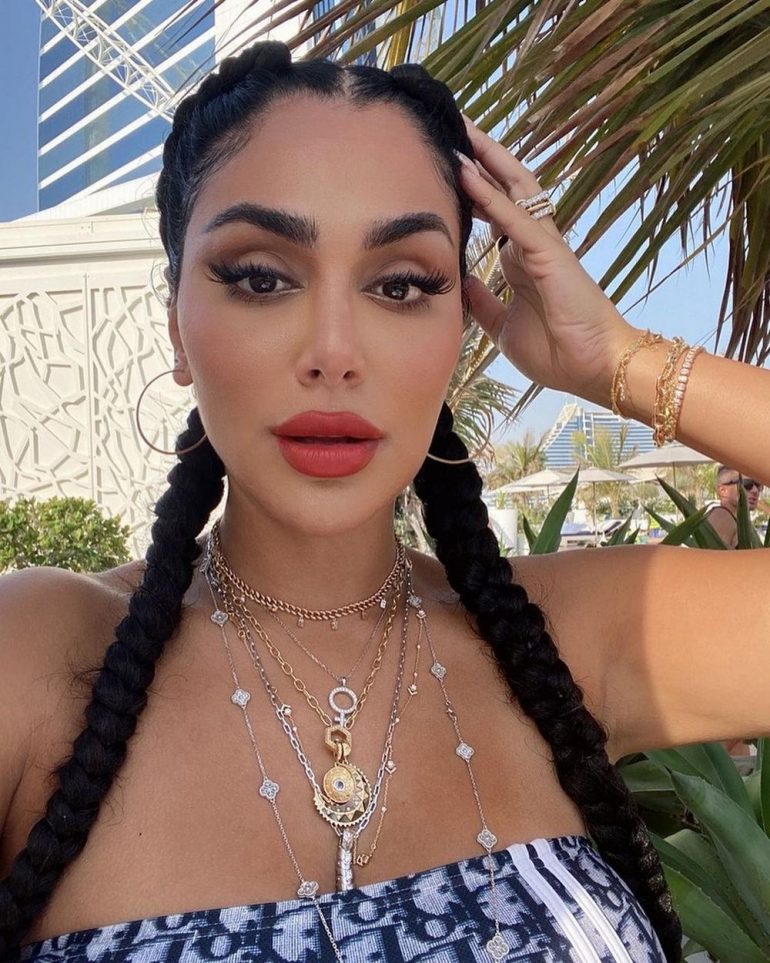
Huda Kattan, Founder Huda Beauty, worth $1.2 billion
The world clearly cannot get enough of makeup and is still hungry for more which makeup and beauty influencers have made thriving entrepreneurs. Kattan started Huda Beauty with her two sisters in 2013. She took a loan of $6,000 from her sister when she couldn’t find false eyelashes to buy. Huda Beauty has a wide assortment of products ranging from eyeshadow pallets to lip gloss, bringing about $200 million in annual sales. Private equity firm TSG Consumer Partners acquired a small minority stake in 2017 in a deal that valued the company at $1.2 billion.
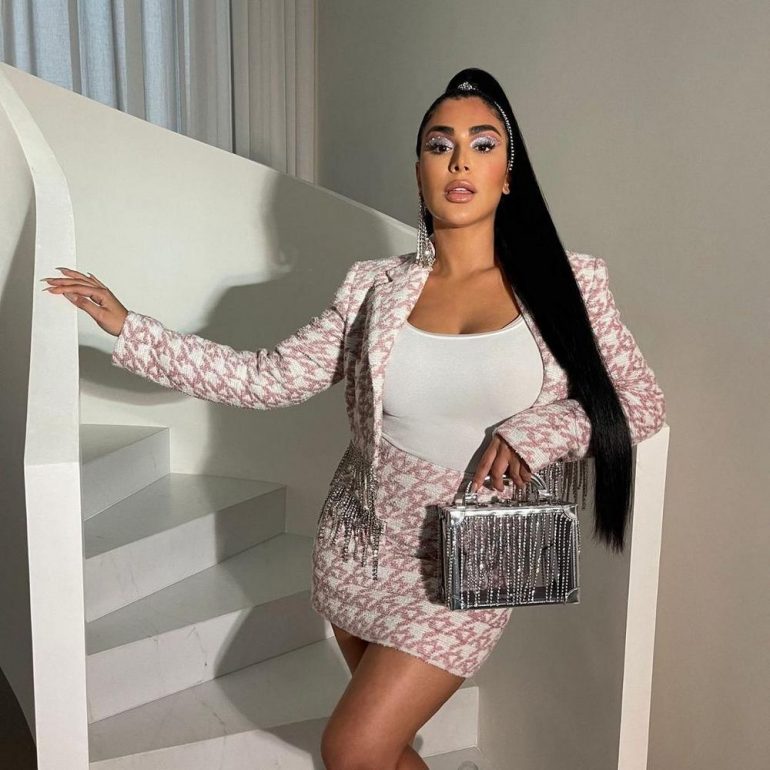
What will stun fans is that she claims to have never spent a penny on advertising in the entirety of Kattan’s career and owes it all to her 50 million Instagram followers. Her company has over 140 products, including several ‘inclusive’ products like foundations in 30 shades, contouring products, and many more. In an interview with CNBC, Katta shared, “There’s no reason why I should be where I am. But that perspective of thinking — that I shouldn’t be here — is what was keeping me back years ago. I remember being about 26 years old and thinking that, and I was putting these limits on myself. That was probably the biggest lesson I learned, that I should never put limits on myself.
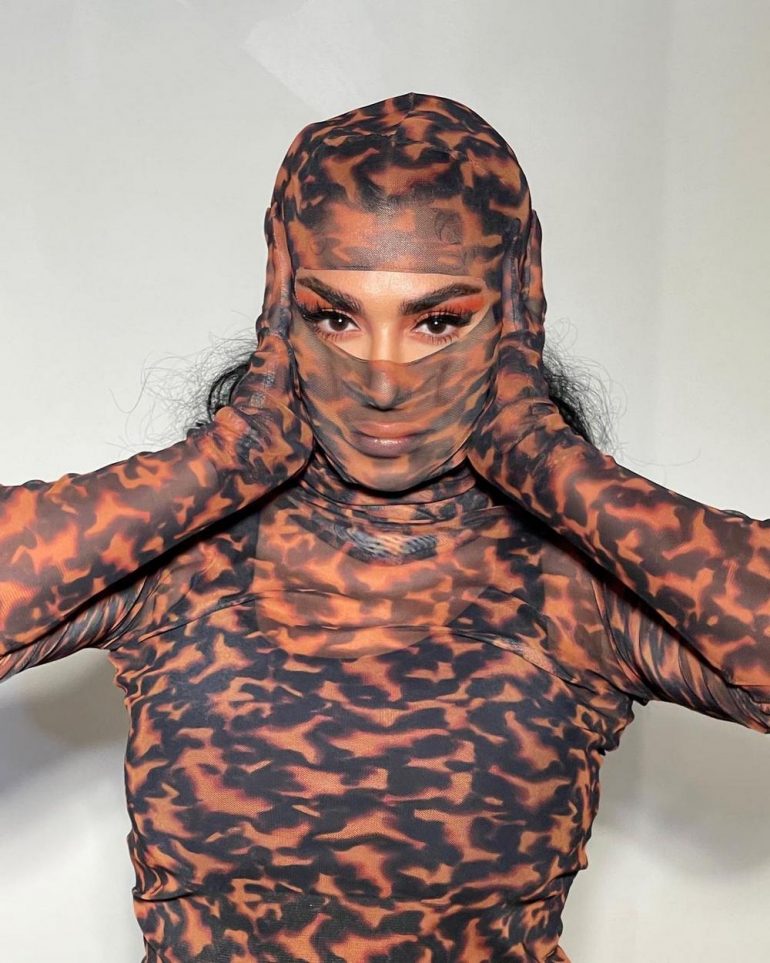
She also commented on taking risks to advance her business, “I was like let’s just try it with $6,000. Let’s just do a couple thousand lashes and let’s see what happens.” It was a little bit like an experiment, but I also didn’t have a plan B if it didn’t work. And it was really successful because I had already been blogging for a few years at the time. Here we are trying it out and succeeding. How much farther can we go?” She did go way ahead, and it’s still not the end of the road for Huda Beauty.
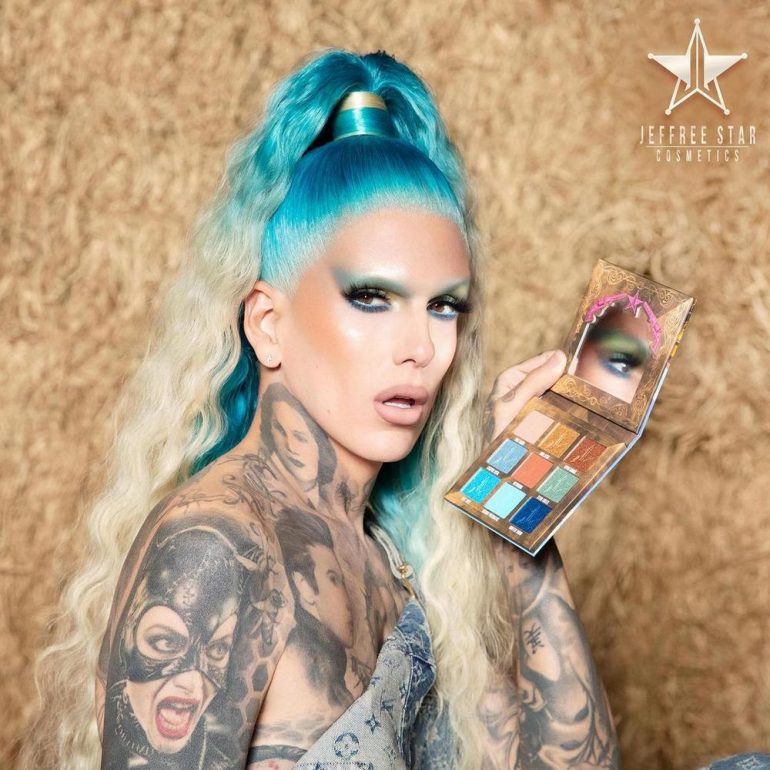
Jeffree Star, CEO Jeffree Star Cosmetics. $1.5 billion
It’s funny how YouTube can turn you into an overnight sensation. What you do with that popularity is entirely up to you. Take a cue from YouTube makeup guru Jeffree Star who may not be a billionaire himself, but his company, Jeffree Star Cosmetics, is worth $1.5 billion. He started his YouTube journey after dabbling in a musical career and working as a makeup artist. The YouTube channel was an instant hit and his eponymous makeup line, Jeffree Star Cosmetics, took off instantly too.
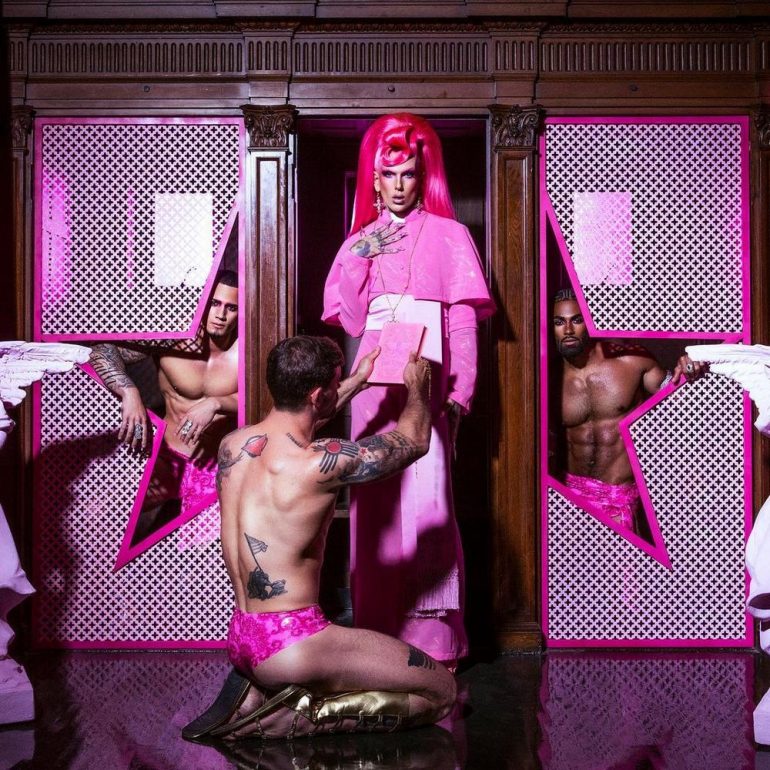
About his many enterprises, Star said, “I own an entire shipment and fulfillment center, I own a merchandise company, I print and manufacture everything myself. So I have about 10 businesses that I’m currently running besides my brand, which is the giant cosmetics company.” The makeup moguls eye palettes and their unique packaging helped catapult the sales at top speed. It’s only a matter of time that the boy who grew up in Southern California, toying with his model mother’s makeup collection, becomes a billionaire himself.
